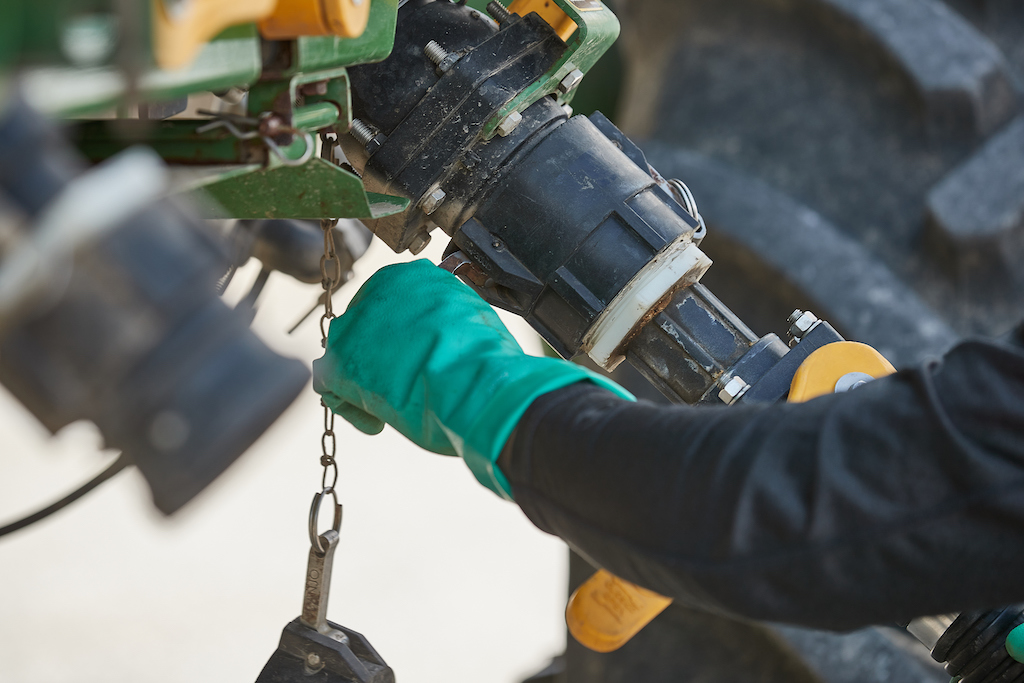Leverage 360 Insecticide
InsecticideLeverage® 360 insecticide has two modes of action against sucking and chewing pests: one delivers fast knockdown, the other extends residual control. Leverage 360 with Stress Shield™ protection helps plants stay vigorous for greater yields. Leverage 360 is a restricted use pesticide.
Approved In
AK, AL, AR, AZ, CA, CO, CT, DE, FL, GA, HI, IA, ID, IL, IN, KS, KY, LA, MA, MD, ME, MI, MN, MO, MS, MT, NC, ND, NE, NH, NJ, NM, NV, NY, OH, OK, OR, PA, RI, SC, SD, TN, TX, UT, VA, VT, WA, WI, WV, WYLabels / Safety Data Sheets (MSDS)
Additional Downloads
